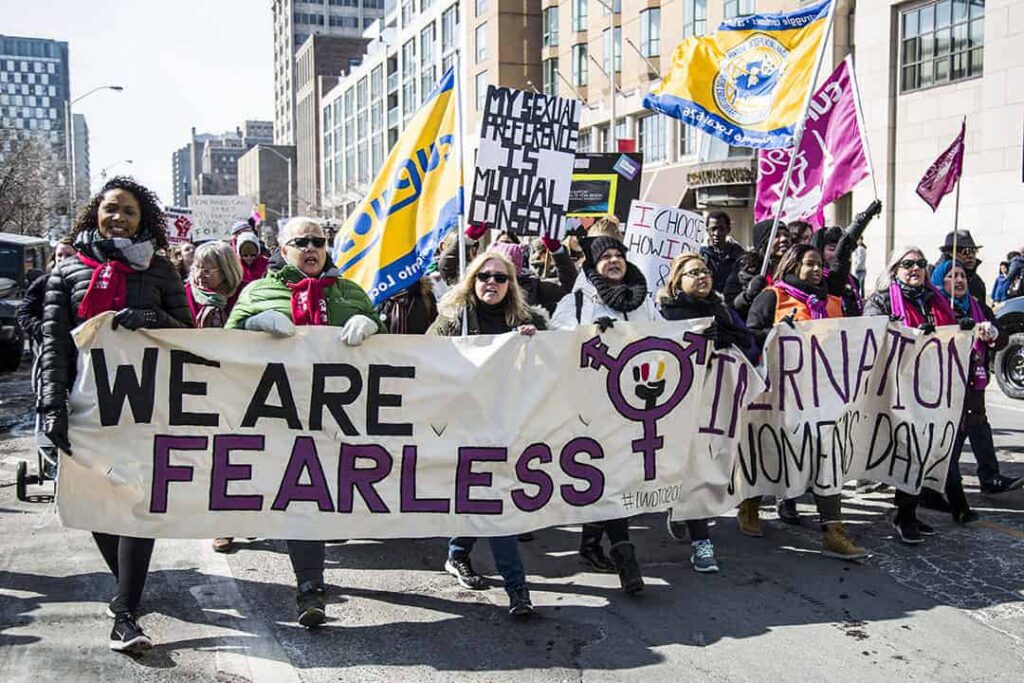Understanding Liberal Feminism Principles, Goals, and Impact – Liberal feminism is a prominent strand of feminist thought that centers around the principles of equality, individual rights, and social justice. This ideology emerged during the late 19th and early 20th centuries, gaining momentum alongside the broader women’s suffrage movement.
Liberal feminists aim to challenge and dismantle gender-based discrimination, striving for a world where women have equal access to opportunities, resources, and representation. premium303
Key Principles of Liberal Feminism
- Equal Rights: At the core of liberal feminism is the belief that women should have the same legal and political rights as men. This covers having access to jobs, education, and civic engagement. https://www.mustangcontracting.com/

- Individual Autonomy: Liberal feminists emphasize the importance of individual autonomy and freedom of choice. They advocate for women’s agency in decisions related to their bodies, careers, and personal lives.
- Meritocracy: Liberal feminism promotes the idea of a meritocratic society where individuals are judged based on their abilities and achievements rather than their gender. It seeks to eliminate systemic barriers that hinder women’s advancement.
- Legal Reforms: Liberal feminists work to change discriminatory laws and policies that perpetuate gender inequality. They strive for legal reforms that protect women’s rights and promote gender-neutral legislation.
- Equal Pay: Achieving equal pay for equal work is a significant goal for liberal feminists. They advocate for pay equity and transparency to close the gender wage gap.
Goals and Achievements of Liberal Feminism
- Women’s Suffrage: Liberal feminists played a pivotal role in the suffrage movement, advocating for women’s right to vote. Their efforts culminated in various countries granting women the right to participate in democratic processes.
- Educational Access: Liberal feminists fought for women’s access to education, leading to increased opportunities for women in academia and professional fields.
- Workplace Equality: Advocacy by liberal feminists contributed to legal changes that protect women’s rights in the workplace, such as laws against gender-based discrimination and sexual harassment.
- Reproductive Rights: Liberal feminists champion reproductive rights, including access to contraception and safe abortion. They place emphasis on a woman’s autonomy over her own body.
- Political Participation: The efforts of liberal feminists led to greater political representation for women, both in elected offices and decision-making bodies.
Historical Context and Development
Liberal feminism gained traction in the late 19th and early 20th centuries as part of the broader women’s rights movement. The suffrage movement, which sought to secure voting rights for women, was a central focus of liberal feminists. Women like Susan B. Anthony, Elizabeth Cady Stanton, and John Stuart Mill were influential figures who advocated for women’s rights based on principles of individualism and equality.
The mid-20th century saw a resurgence of liberal feminist activism during the second wave of feminism. This period marked significant strides in legal reforms, workplace equality, and reproductive rights. The Civil Rights Movement also influenced liberal feminists, highlighting the intersections of race and gender in discrimination.
Conclusion
Liberal feminism has been instrumental in advancing the cause of gender equality, focusing on individual rights, legal reforms, and social justice. The main points of liberal feminism revolve around equal rights, individual autonomy, meritocracy, legal reforms, and equal pay.
This ideology has led to significant achievements such as women’s suffrage, improved access to education and the workplace, and greater political participation for women. Through the dedication of activists and thinkers, liberal feminism continues to shape conversations and policies surrounding gender equality in modern society.